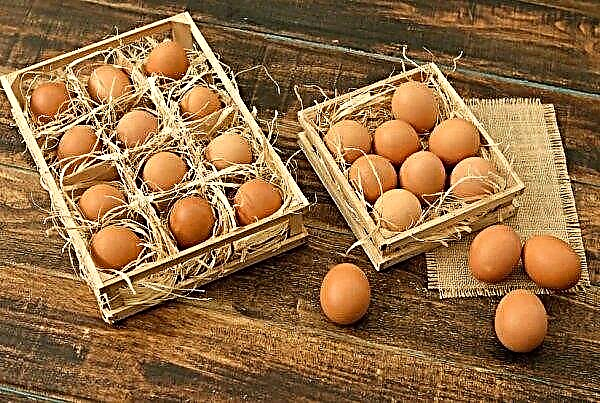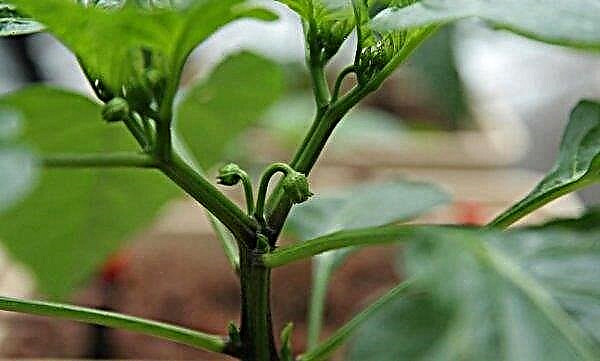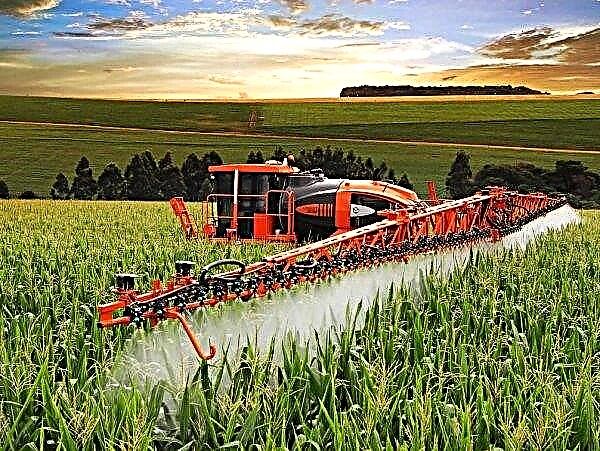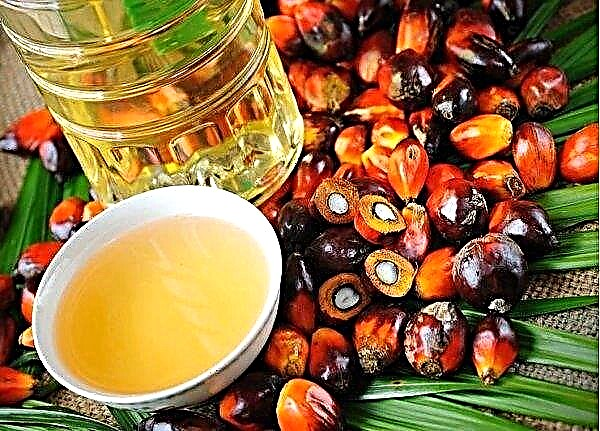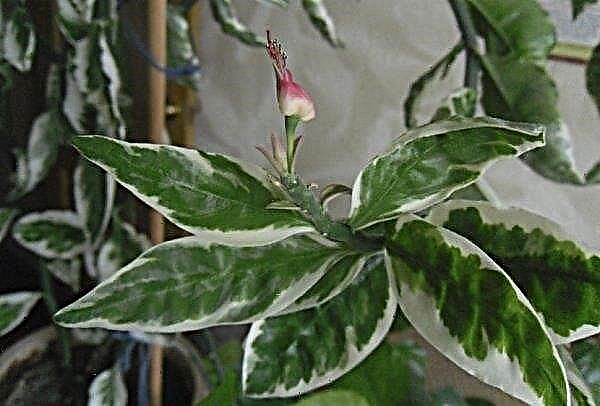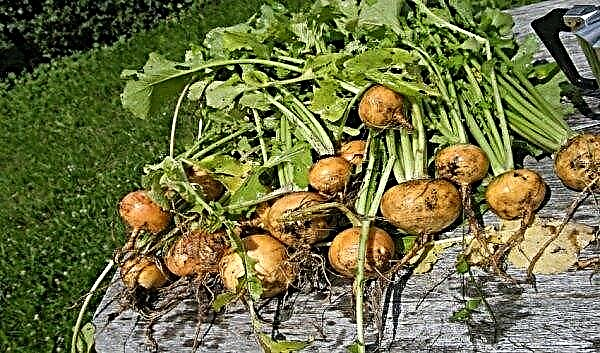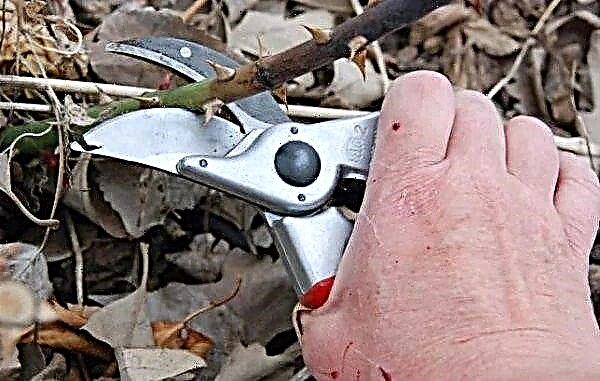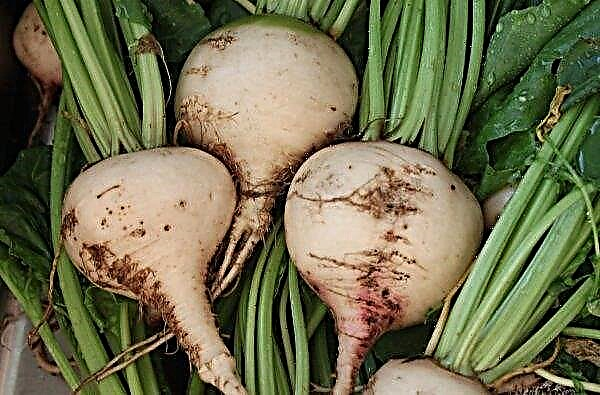Shallot, also called family onion, has a more delicate taste and texture than other varieties of onions. Culture often lands in the winter. The following is a detailed description of this process.
When to plant shallots before winter
Bulb planting should be done in the fall, 1–1.5 months before the onset of frost, to give them a good root. At the same time, onions should not grow. On average, landing is carried out in October.
Despite the fact that the bulbs can withstand temperatures up to -20 ° C, in many areas of the Middle Strip, in Siberia and the Urals, the culture often freezes almost half. Winter planting is best used on farms in the southern regions.
If seeds are sown before winter, this process should be carried out in September, so that the plant has time to build up a leaf rosette before frost.
How to plant onions in the open ground in the winter
Thanks to winter planting, earlier onion greens can be obtained in spring, while the onions will grow larger and be ready earlier (on average for 2 weeks).
Did you know? The scientific name of Shallot onion - ascalonicum - refers to the city of Askalon (Ashkalon), located on the territory of modern Israel. It was he who was considered the birthplace of culture by the ancient Greeks.
Soil preparation
The place for the beds should be brightly lit and well ventilated. It is necessary to grow shallots on neutral soil, because the culture shows a significant decrease in yield with the slightest increase in acidity. Do not break the bed in the area with high humidity.
Crop rotation rules recommend not to plant onions in the same place earlier than after 3 years. The shallots and onions should be planted as far as possible in order to avoid cross-breeding of crops and mutual conversion of diseases and pests. Optimum precursor plants are cucumbers, cabbage, and legumes. A month before planting, the earth should be dug up and cleared of weeds.
A month before planting, the earth should be dug up and cleared of weeds.
Then fertilizers are applied:
- 5-6 kg of compost or humus per 1 m²;
- 60–80 g of double superphosphate per 1 m²;
- You can sprinkle wood ash into the grooves.
Preparing planting material
Before winter, onions can be planted with both seeds and bulbs.
The plant shows the following dependence of growth on the size of planting material:
- a large onion bulb (heavier than 60 g, more than 5 cm in diameter) is likely to shoot itself, and in its nest there will be 10-12 small bulbs;
- from small planting material (10-15 g of weight, 2 cm in diameter), you will get lush greens without an arrow, and the nest will include 2-4 large bulbs.
Important! Experienced gardeners separate a bed of large bulbs separately for growing small ones that will be used for cultivation next season.
Bulb pretreatment may consist of the following procedures:
- 8-hour warming up at a temperature of + 40 ° C for the prevention of possible diseases, for example, peronosporosis;
- treatment with a solution of the “Rostock" preparation, which is prepared according to the instructions. In the solution, the bulbs are soaked for 12 hours before planting. This accelerates root growth and enhances plant immunity;
- soaking in a solution of potassium permanganate (2 g per 2 l of water) for 6 hours.

Seeds are recommended first to wrap in gauze, soak in warm water for a day and dry.
Landing technology
The bed before planting should be well moistened and outline grooves on it. Since Shallot needs a larger feeding area, the distance between the grooves should be 45-50 cm.
Seeds
Seeds are buried in the ground no more than 1 cm, otherwise young shoots will not be able to break out. A distance of 10 cm is maintained between the seeds. Landing must be mulched with straw, peat or compost, and in winter a large layer of snow is desirable.
Landing must be mulched with straw, peat or compost, and in winter a large layer of snow is desirable.
Sevkom
Bulbs are planted with an interval of 8-10 cm, and the planting depth should not exceed 5-6 cm. It is very important to properly orient the bulb by placing it with the bottom down.
It is very important to properly orient the bulb by placing it with the bottom down.
After the bulbs are sprinkled with earth, the furrows should be mulched with compost or humus. If the winter is not snowy, it is better to insulate the garden bed with lapnik, the remnants of tops, etc.
Important! There are recommendations to trim the top of the bulb before planting to accelerate the growth of spring greens, but other sources note that there will be less greens.
Post Planting Care
After spring warming, the onion bed should be freed from the layer of mulch. In the future, adhere to the traditional methods of agricultural technology listed in the following paragraphs.
Watering
During growth, the plant should be watered every week, as the soil dries. Approximately 30 days before harvesting, hydration should be stopped.
Loosening and thinning
Periodic loosening of the soil provides the plant with the necessary oxygen and allows you to get larger bulbs. Violating the dense crust of the earth, they also provide access to the moisture deeper. During loosening, weeding is carried out, removing the emerging weeds.
In the middle of summer, onions can be normalized:
- Rake off a little soil under each plant.
- Remove several branches of onions from the family nest, including onions.
Top dressing
This vegetable needs 2 top dressings during the growing season:
- 14 days after germination of the bulbs, when 3 feathers are visible, the bed is shed with mullein solution (1:10), at the rate of 1 bucket of solution per 10 m². You can use mineral fertilizers, for example, 10 g of ammonium nitrate and superphosphate per 1 m²;
- at the beginning of bulb formation, when the number of feathers grows to 5, plantings are watered with potassium monophosphate (1 teaspoon per 1 bucket of water).

Pest and Disease Control
When growing onions on a feather, chemical treatment is highly undesirable because of the growth rate of the crop. The onion bed must be protected from the following pests:
- onion fly causes white color at the tips of feathers, after which the whole plant is affected. For prevention, joint plantings with carrots and spraying with a solution of ash are recommended;

- worms and insects sensitive to treatment with saline (1 cup of salt per 10 liters of water);
- garden aphid likes onion greens. You can fight it with a decoction of chamomile and other folk remedies.

In rainy and cool summers, the plant is sensitive to neck rot, peronosporosis and powdery mildew. After detection, it is necessary to remove the diseased onion from the garden bed, and treat the rest of the planting with fungicides, observing then the time specified in the instructions before eating the onion.
Did you know? Onion is a valuable honey plant, and honey, when ripened, loses its characteristic onion flavor.
Features of harvesting and storage of crops
The yellowing and drying of the pen (over 50%), which occurs around the end of July, serves as a signal to start harvesting the bulbs. After removing the nests from the beds perform the following steps:
- the crop is dried in the sun for 10-12 days;
- dry tops are cut;
- the bulbs are separated from each other and stacked in a grid or box.

The optimal conditions for the preservation of the product for 5–7 months is a dry room with a temperature of 0 ... + 3 ° C. Some gardeners prefer not to cut dry leaves, but to braid them in a braid and store onions in this form.
So, in the southern regions, you can plant shallots in the winter to get an earlier and more abundant harvest of tasty and healthy vegetables. Success requires careful adherence to the rules, but they are no more complicated than when cultivating onions under ordinary conditions.




